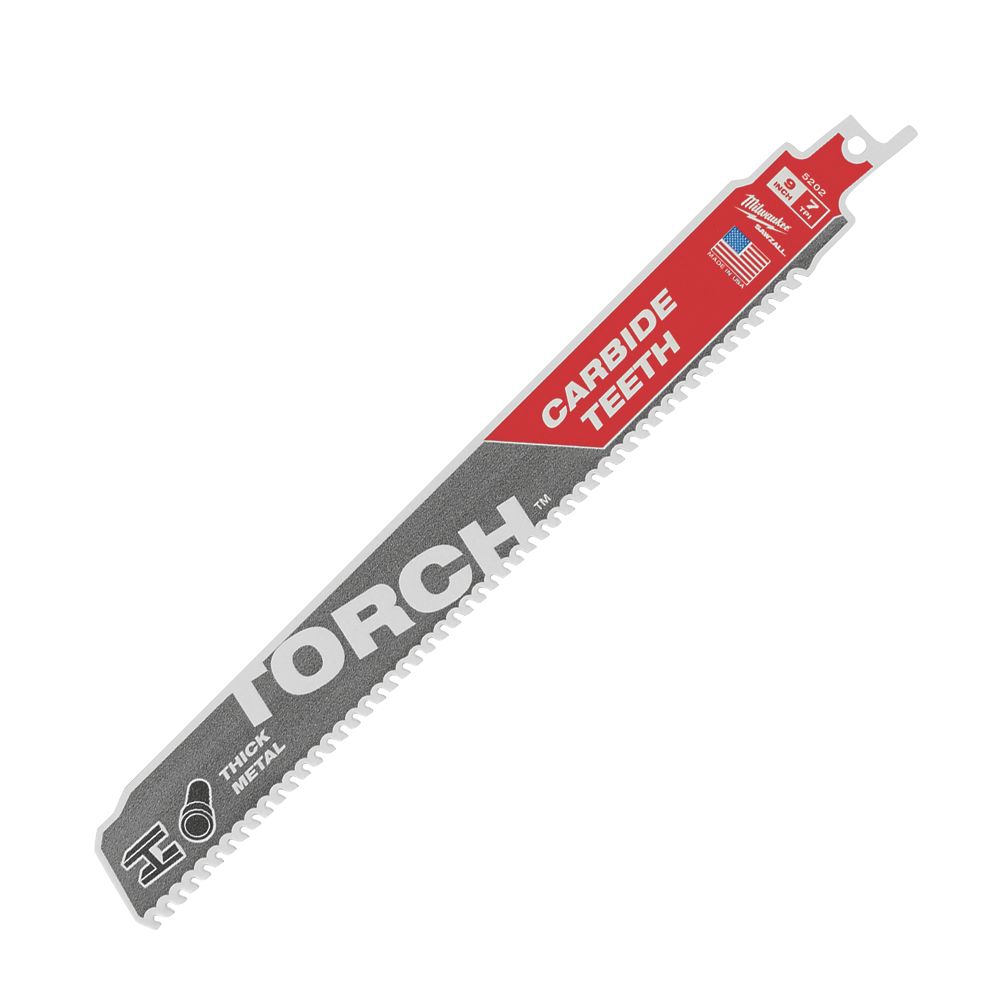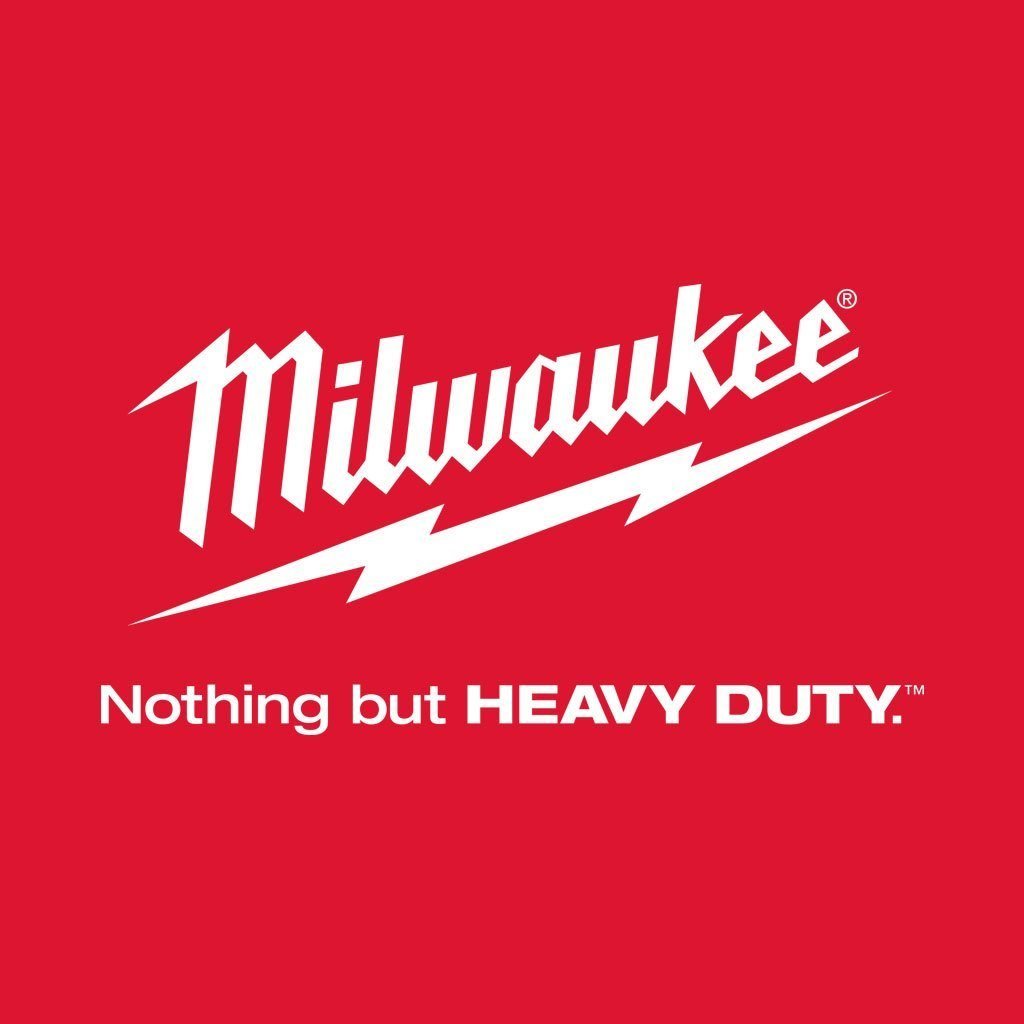Hi folks,
I'll probably soon be needing to cut some bits of cast iron soil pipe.
Traditionally, I would always have done this with an angle grinder but everything I am hearing and seeing seems to indicate that a reciprocating saw is now the preferede tool for this task, since "they can cut through cast iron pipes like butter". I have to say that my initial reaction was that that sounded a bit far-fetched. However, having now seen a few U-tube videos showing such saws "going through cast iron pipes like butter", I have to accept that there must be some truth in what I'm being told!
I have a cheap 850W (Mac Allister) reciprocating saw. Is that likely top be man enough for the job?
My main reason for posted is that I am rather overwhelmed by the large range of reciprocating saw blades available. Many people seem to favour Bosch ones but, even if one restricts oneself to just those, there are still quite a lot to choose from. I therefore wonder if anyone can offer any suggestions/advice (about the blades and/or the task in general).
Kind Regards, John
I'll probably soon be needing to cut some bits of cast iron soil pipe.
Traditionally, I would always have done this with an angle grinder but everything I am hearing and seeing seems to indicate that a reciprocating saw is now the preferede tool for this task, since "they can cut through cast iron pipes like butter". I have to say that my initial reaction was that that sounded a bit far-fetched. However, having now seen a few U-tube videos showing such saws "going through cast iron pipes like butter", I have to accept that there must be some truth in what I'm being told!
I have a cheap 850W (Mac Allister) reciprocating saw. Is that likely top be man enough for the job?
My main reason for posted is that I am rather overwhelmed by the large range of reciprocating saw blades available. Many people seem to favour Bosch ones but, even if one restricts oneself to just those, there are still quite a lot to choose from. I therefore wonder if anyone can offer any suggestions/advice (about the blades and/or the task in general).
Kind Regards, John



